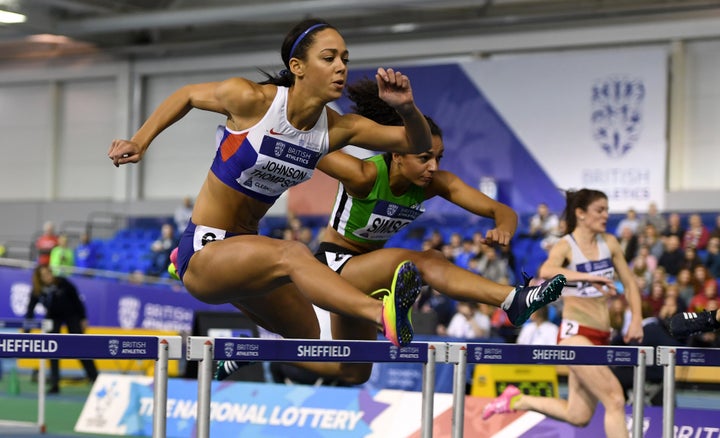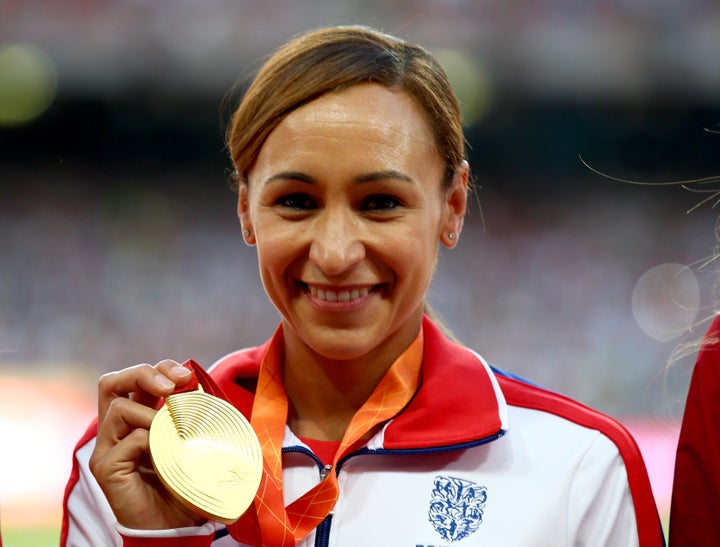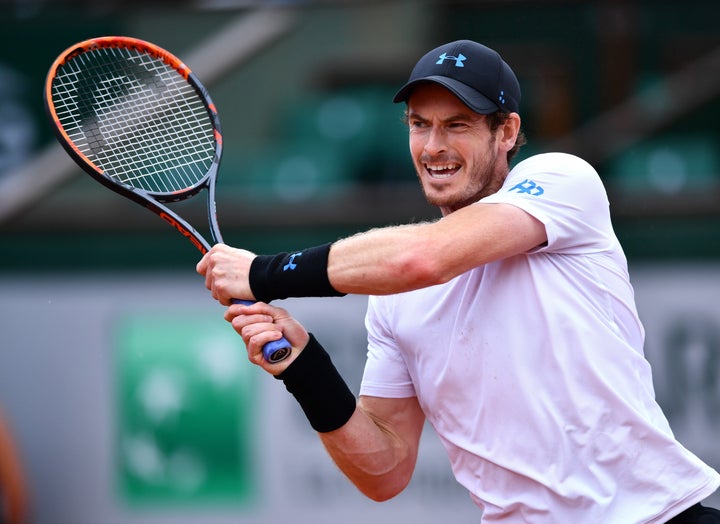
The diets of professional athletes are as interesting to dissect as their best athletic performances. From insane amounts of food to reach 10,000 calorie-a-day-requirements to Usain Bolt’s legendary 1,000 Chicken McNuggets during his victorious 2008 Olympic Games, nothing shocks us anymore.
But although there’s something comforting about the idea of our favourite sporting heroes chowing down on pizzas, burgers and chocolate spread to build up their calorie quotas, we all know deep down that an Egg McMuffin is not the breakfast of champions.
So, let’s find out what pro athletes really eat, shall we? We chatted to Wendy Martinson OBE, lead nutritionist for the Great Britain Rowing Team and spokesperson for the Sports and Exercise Nutrition Register to find out what pro athletes and Olympians really eat to fuel their intensive training schedules and optimise their performances.
And we had to find out: what can the likes of us pavement runners, Sunday league footballers and semi-regular gym-goers learn from them?

Know your goals
“The first thing is to think about is the purpose of your workout: what’s the goal? Is it general fitness? Are you weight training and trying to get more muscle mass? Do you want to run a marathon and therefore you’re doing endurance training? You need to think about what you want to achieve from your training,” says Martinson, who has advised everyone from the British Olympics Association to the English National Ballet School and England Football Squad.
Top up your protein
Of course, we all know that protein is the best fuel for a good weights session at the gym. But according to Martinson, the way we consume that protein throughout the day is key.
“The research is now showing it’s better to have proteins that are spread out throughout the day rather than just having two big meals with lots of protein. You’d have some at breakfast, you might have a little snack – depending on your energy requirements – then you’d have lunch, an evening meal and some protein snacks in between,” she advises.
Match your carbs to your workout
And what about the ‘carb loading’ we hear so much about in the running fraternity? Is this a green light to pile on the pasta after our Saturday morning jog?
“We encourage athletes to have carbohydrates sufficient for their training but not too much,” says Martinson. “So given our population is a little heavier than it ought to be, people could try to make their carbohydrates match the training that they’re doing, not just eating the same amount each day.”

Eat treats like the elite
But take heart – even the world’s sporting elite get to eat treats.
“My philosophy is a food-first approach but also a balanced view of food and not ‘these foods are good, these foods are bad’ – I don’t think that’s a healthy way to view food,” Martinson says. “If they want to have a little bit of chocolate every now and again or a cake, that’s fine. There are times that they have to be stricter and they’re able to do that be and other times they can be a little bit more relaxed.”
So these rumours about Olympic athletes loading up on fast food to reach their pre-performance energy quota should be taken with a sachet of salt, right?
“There are athletes who enjoy that kind of food but I’d say it’s an urban myth that athletes turn to those foods to get their energy in. There won’t be many micro-nutrients in there,” she confirms.
Track your intake
It’s good to know we’re not the only ones with unhealthy cravings, but what’s the secret to steering clear of temptation?
Martinson concludes: “A lot of the athletes wear sophisticated fitness trackers built into their garments to track the energy expenditure of their workout. Most people wouldn’t need something so sophisticated but anyone wanting to get fit or lose weight can benefit from a bit of tracking with something like a Fitbit.”
Here’s a closer look at the daily eating habits of some of our favourite top athletes...

Chris Grube (sailor)
Sailor Chris Grube made his Olympic debut for Team GB in the Men’s 470 sailing event at Rio 2016.
He tells HuffPost: “I try to stay away from processed food and any type of junk food. But when we’re away at events, accessing fresh food that isn’t going to give us food poisoning can be hard, so me and my sailing partner Luke have taken to drinking a horrendous tasting shake with about ten different types of green vegetables and plants in, just in case we do find it hard to get our daily dose of veg!
“Leading up to an event I try to eat as clean as possible: lots of fruit and veg, protein from organic meat, pulses, nuts and beans. Then the few days before and during an event, I up my carbohydrate intake with pasta, rice, beans for lunch and dinner – even sometimes as a snack. On the water, I can burn up to 4,000 calories, so it’s really important that my body doesn’t lack energy.”
Jessica Ennis-Hill (track and field athlete)
Heptathlon champion Jessica Ennis-Hill has revealed a detailed breakdown of her gold winning weekly diet to Women’s Health magazine. Not surprisingly, it’s a healthy, balanced mix of fruit and vegetables, lean meat and carbohydrates.
“The night before I compete I eat carbohydrates and protein to perform well. It has to be something I can’t turn down because I get so nervous I find it hard to stomach a lot of things,” she tells the magazine. But she does allow herself the occasional treat: “I’m not a big drinker, but when I’m not competing I like a glass of red wine.”
Mo Farah (distance runner)
Distance running hero Mo Farah has divulged the details of his menu – and it includes Frosties and chocolate! Apparently, the athlete thinks Frosties are grrreat for an early-morning energy boost, along with a shot of caffeine for the self-confessed coffee addict.
Lunch and dinner are a more respectable staple of pasta, steamed vegetables and grilled chicken (“maintain a healthy balance between carbs and protein but always be careful on the carb intake, or it will ultimately slow you down”). Junk food is strictly off the menu: “[After the Olympics 2012], I ate my first burger in a year... It really felt like a prize in itself but I only allowed myself one because it was back to the regular diet very quickly.”
Tom Daley (diver)
Daley almost set the internet on fire when he posted a selfie on Instagram of him cooking an entire fry-up in one cleverly segmented pan. But when training, the diver dines on beans on toast and fruit in the morning, snacking on cereal bars, soup, chocolate milkshakes and chocolate spread on toast throughout the day. A typical lunch involves grilled chicken and a jacket potato while dinner features (you guessed it) chicken, steamed vegetables and pasta. That adds up to an estimated 3,200 calories worth of training fuel.